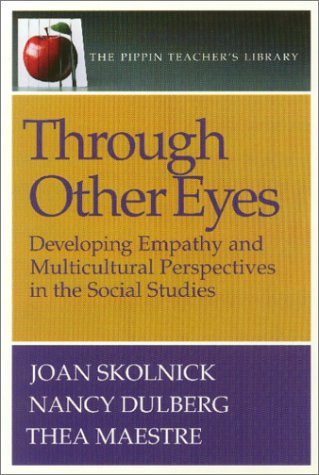The Pippin Teacher's Library
1 primary work
Book 43
What happens when children develop their capacities to think about how the world might look and feel through someone else's eyes? They build on the foundation of multicultural understanding, according to Joan Skolnick, Nancy Dulberg and Thea Maestre. Featuring practical strategies and lesson plans, this volume contains ideas for teachers eager to help their students develop an empathetic understanding of history. Devoid of jargon, it employs key social studies themes and the tools of the historian - primary sources, literature, writing and the arts -to help students understand the perspectives of others in historically authentic and developmentally appropriate ways. The authors provide a curriculum model - adaptable to any curriculum context - of carefully constructed learning sequences that they term the "Thinking-Feeling Spiral". Following it, the students should learn to feel for people both in history and in the present who are different from themselves (empathise), explore how the world might look through their eyes, and then try to explain it (take perspective).
